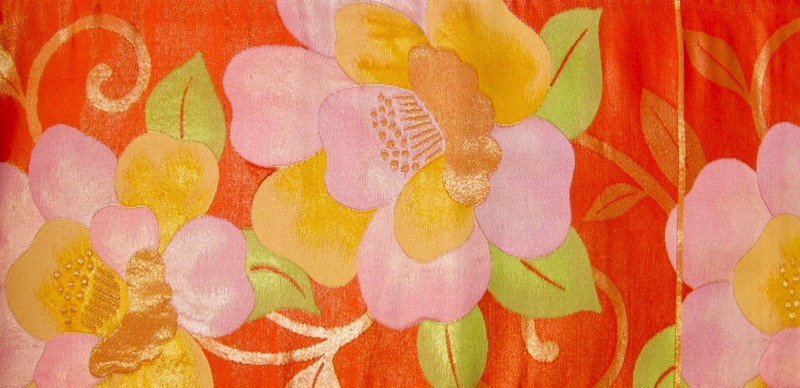
Glossary of terms
Atari To repeat a note on a finger hole.
Chikuho The school of shakuhachi created in 1917 by Sakai Chikuho (1892-1984).
Chiku in Vibration of the bamboo.
Chû meri Shallow meri, to effect a small pitch change downwards.
Dai kan Third octave.
Dai meri Very deep meri.
Fukiawase Blowing together.
Furi A quick meri/kari modulation, effected by a head shake.
Gaikyoku Non-honkyoku compositions.
Gakufu Music notation.
Honte The central body of a composition.
Ichi on jobutsu Enlightenment in one tone.
Isshaku hassun Shakuhachi of standard 1.8 length.
Ji The clay-like mixture used to shape the bore of a shakuhachi.
Ji-nashi A shakuhachi with little or no Ji filler.
Jiuta Music originally composed for Shamisen, from the Kyoto area.
Jo ha kyu From Noh theatre. The dynamic unfolding of an art piece in three distinct steps.
Kan The second octave of the shakuhachi.
Karakara A fast single finger trill on the lowest hole.
Kari Raising the pitch by a chin movement upwards.
Kinko ryû The Edo period school of shakuhachi founded by Kurosawa Kinko (1710-1771).
Komibuki Pulsating breath technique of the Nezasaha School.
Komosô Itinerant mendicant monks, 14-16th Century.
Komusô Itinerant begging monks of the Edo Period.
Korokoro A trill made by alternately closing the bottom two holes in sequence.
Koto The Japanese floor zither.
Koten honkyoku Classical honkyoku.
Kusabibuki Wedge-shaped phrasing with strong beginnings and quiet endings.
Kyosui Empty breath-A natural breath appraoch to honkyoku phrasing.
Ma Japanese concept of space and emptiness.
Madake The traditional type of bamboo used for shakuhachi making.
Mawashiyuri A modulation coming from circular movement of the head.
Meri Lowering the pitch by a chin drop and/or shading finger holes.
Miyako bushi A Japanese scale used in shakuhachi music
Muraiki A turbulent powerful sound effect made by adjustment of the lips and mouth/throat cavity
Myôan Light and dark. Used to designate a genre of honkyoku playing coming from the suizen tradition of certain temples in Japan.
Neiro Timbre.
Nayashi A modulation upwards from meri (of the previous note) to kari.
Otsu First octave.
Ori suri A small quiet modulation meri/kari, usually at the end of a phrase.
Otoshi Drop the pitch right at the end of a phrase
Otsu The first octave.
Sankyoku Music with three instruments, usually shamisen, koto and shakuhachi or kokyu, plus the singing voice.
sasabuki Bamboo leaf-shaped dynamic contrast.
seiza The kneeling posture used for Zen meditation
Shaku 30.30 cm.
Shirabe Introductory piece or section, considered a warm up section.
Soko yuri Side to side movement of the head to create even spaced modulations in the sound.
Sokyoku Music composed for Koto as the primary instrument.
Suri age A slide upward in pitch.
Shaku Older measurement approximating one foot. Used to measure shakuhachi. The unit varies depending on what is being measured.
Shakuhachi ‘One shaku and eight sun.'
Suizen ‘Blowing Zen.’ Zen meditation using shakuhachi.
Tate yuri Modulation created by vertical moveent of flute against mouth.
Tonoko A mineral powder used for building up the bore of a shakuhachi.
Tôzan ryû The very large school of shakuhachi founded by Nakao Tôzan (1876-1956).
Takane High, upper octave section of a honkyoku.
Tamane Ornamental trill created by flutter tongueing or throat vibration.
Urushi Sumac lacquer applied to the bore of shakuhachi.
Utaguchi The blowing edge of a shakuhachi.
Utsu Finger articulation on a hole.
Yuri Rapid or slow pitch modulations usually created by head movement.
Shakuhachi for sale